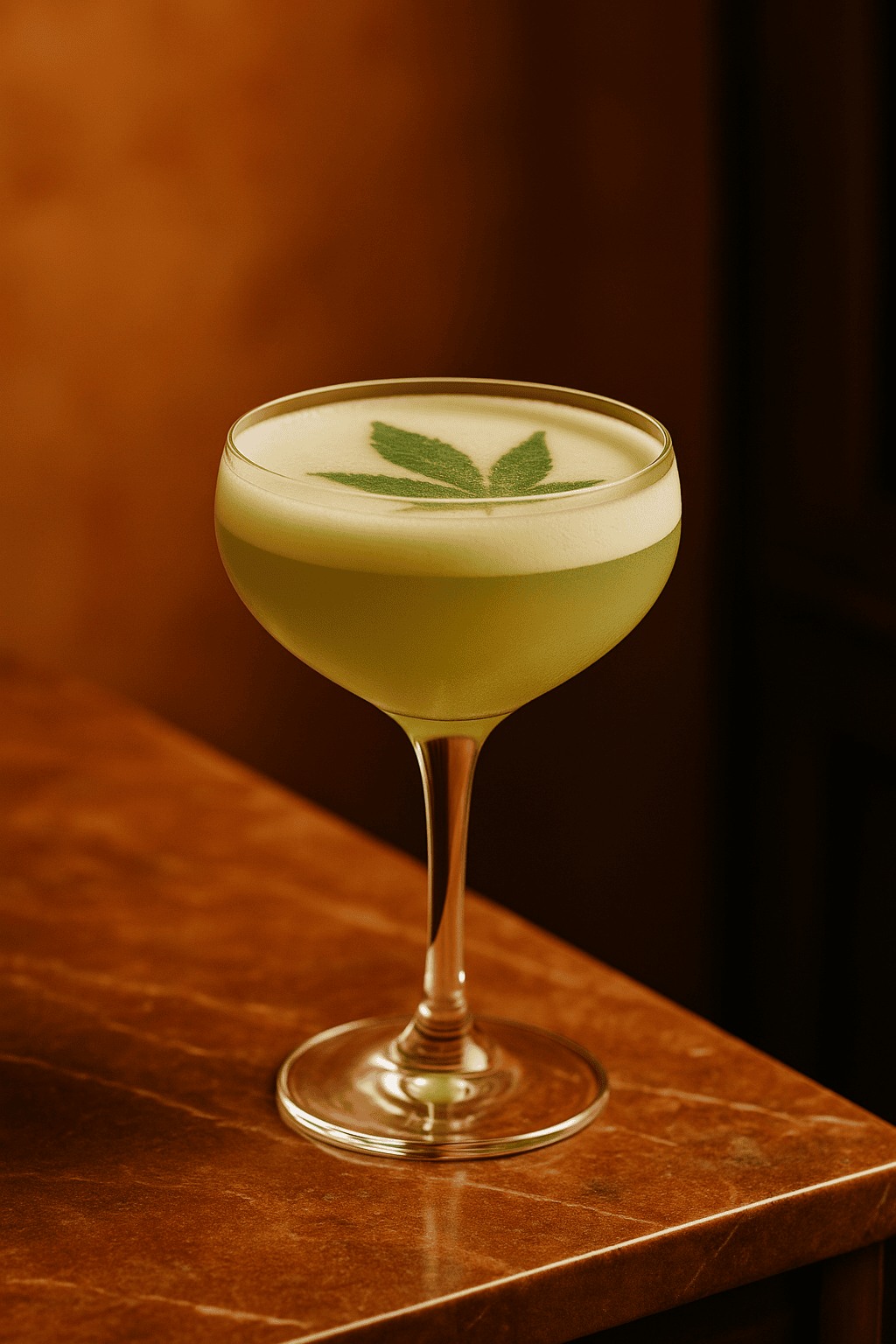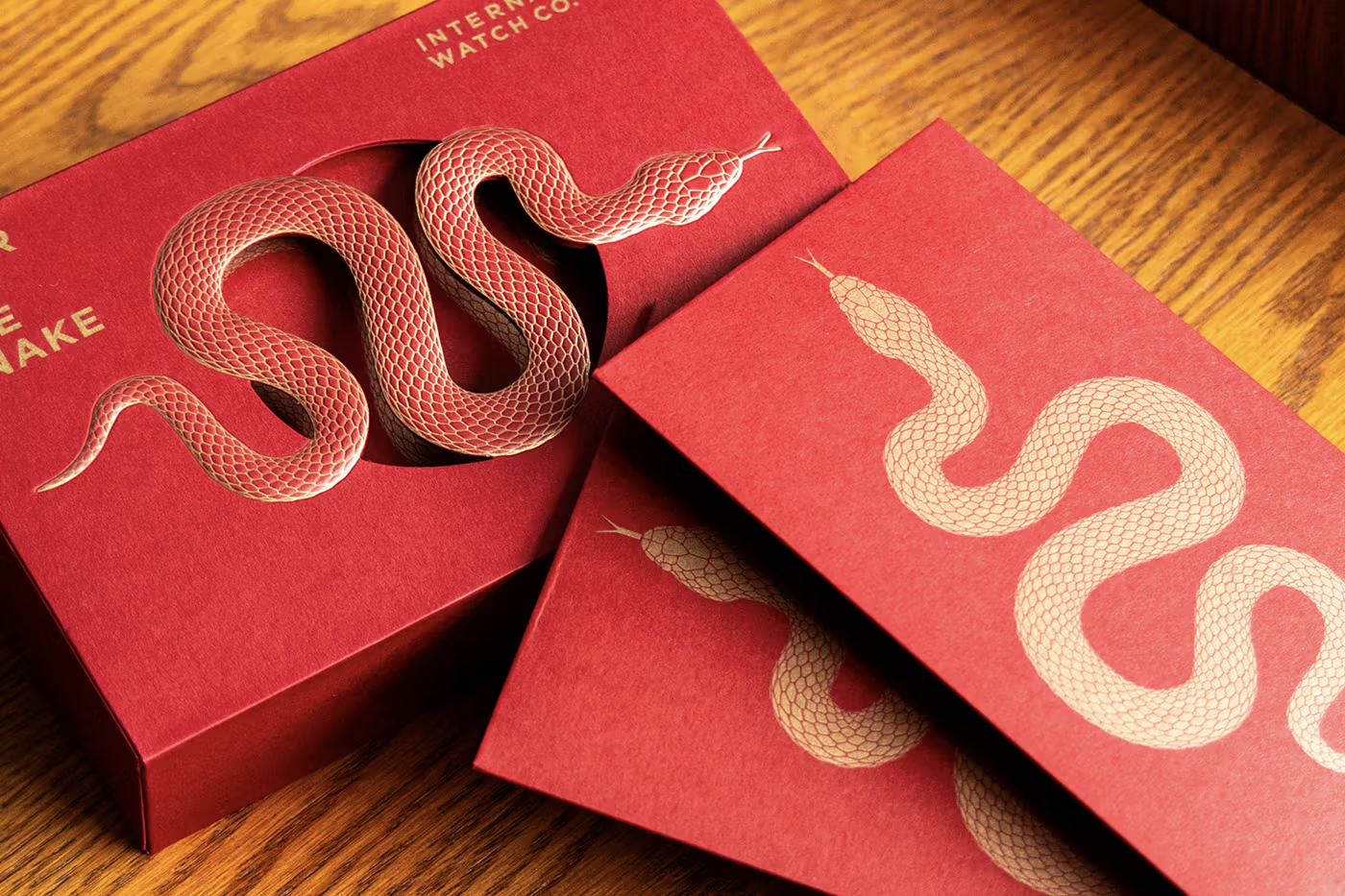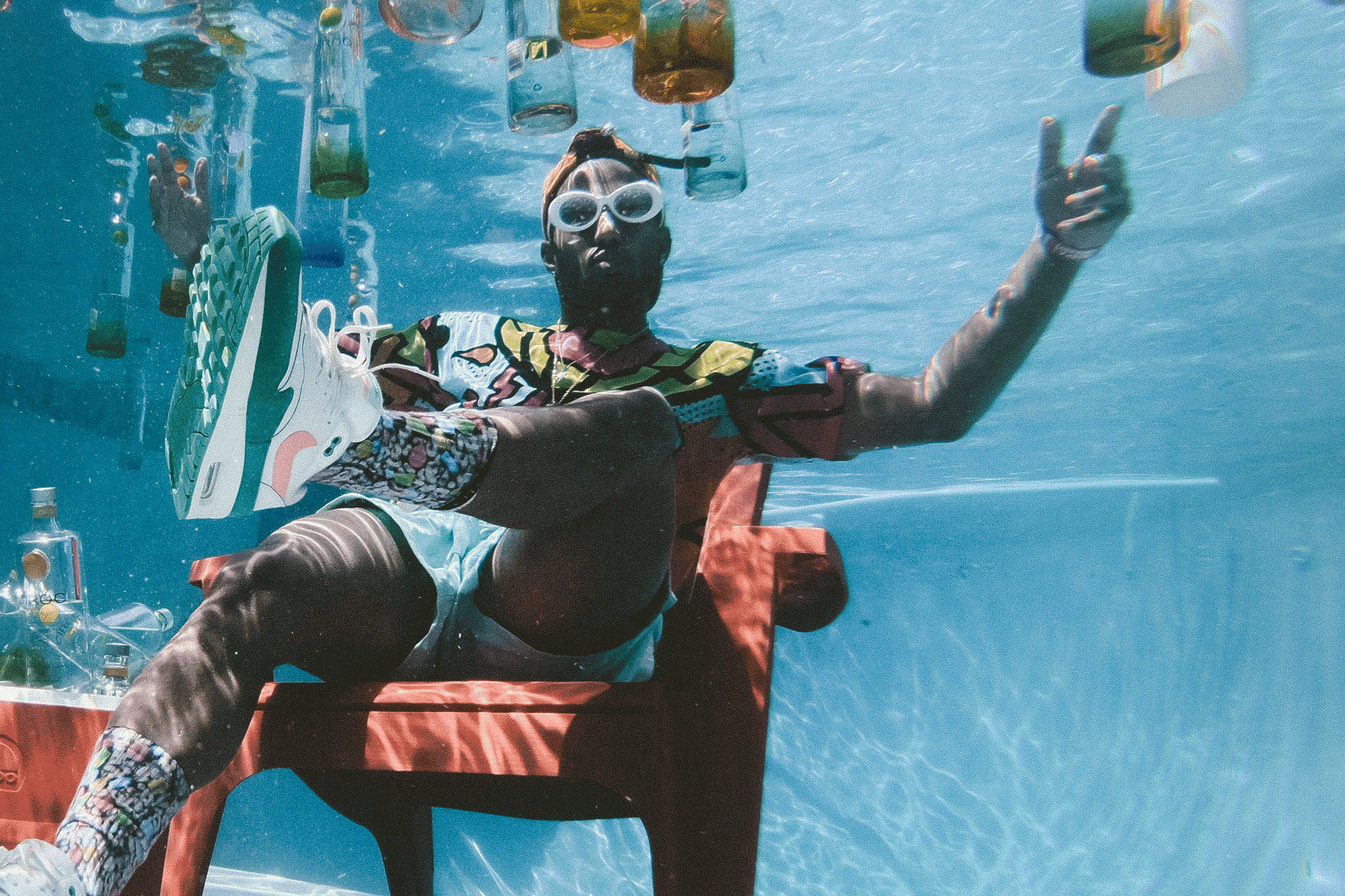The Retail (R)evolution – Part 1
For decades retail has remained stagnant in the status quo of stacked aisles, hard sells and unimaginative spaces. But we’re seeing a much-needed revolution emerge. 63% of consumers now want to see retailers make further ethical and sustainable changes and 49% of retailers say ethical standards are more important than two years ago. From grocery to D2C to department stores, retail is changing for the betterment of people and our planet.
But what does this mean for the beverages and food brands of the world? We explore what’s beginning to shape future retail spaces and experiences and what brands need to consider to thrive in the ever-demanding, fast-changing landscape.

Impact Aisles
Retailers are stepping up to support sustainability by rethinking store layouts in favour of brands doing good. Ocado was first to trial a BCorp ‘aisle’ online, enabling shoppers to choose brands based on their ethical and sustainability performance. Now rapidly expanding to the physical shelf, Waitrose ‘Be the Change’, Sainsbury’s ‘Supporting Sustainability’ and WH Smith are also adjusting their display strategies to hero impact brands.
But most excitingly, in celebration of BCorp month, the first-ever UK BCorp shop ‘Good News’ opened in London to provide a space dedicated to certified brands, sharing stories about how they are driving change through a commitment to positive impact and continuous improvement.

These evolutions explore how we may no longer stock and shop by commodity, but by the values and sustainability credentials of brands. To avoid becoming obsolete, brands will have to adapt to fresh changes in supermarket layouts, pack design and communication, with impact brands being rewarded prime retail space.
To meet their sustainability goals, Australian and UK retailers have launched strict guidelines for own label and branded packaging to ensure pack is fit for a circular economy. Woolworths issued a Packaging Preferred Material List to categorise materials based on how readily recyclable they are, with a similar UK Packaging Preferred Materials Guidelines, updated by Tesco last year.
Woolworths improved the recyclability of meat trays with their separable packaging component system to ensure both the cardboard and soft plastics can be effectively separated for recycling.

Tesco replaced plastic-wrapped multipacks on tinned food- estimated to eliminate 350 tonnes of plastic and shifted from multilayer laminates to mono laminate structures to improve recyclability.
With major retailers now working towards packaging targets, it is key for brands to know the breadth of their customer’s sustainability commitments and ensure their own actions and pack design is aligned to their new ethical and sustainability standards.

The Cost of Convenience
Direct-to-consumer deliveries have increased by 58% year on year* following the pandemic, while over 77% of consumers say it’s important that brands are sustainable and environmentally responsible. With a growing demand for D2C and e-tail channels, how might brands mitigate the environmental cost of convenience?
A recent report identified four key pillars to sustainably succeed in D2C and many brands are stepping up to deliver “eco-venience retail”.
Reusable distribution systems are shaking up highly wasteful, single-use delivery models. US start-up Boox who state ‘Reuse is radical, don’t waste a thing’ loan brands their velcro sealed packaging, which can be used up to 200 times before being made into new boxes. The unique QR code in each box offers the ease of return, and a digital portal to a new world of convenience.

Pinter brings a refreshing take on home brewing experience with their letterbox friendly D2C packaging for new pints. Each Pinter pack replaces 17 traditional cans or bottles and as no water is shipped, the weight is reduced by up to 75% offering huge CO2 savings. A smart brew for the conscious crew.
But improving footprints can also be achieved by identifying ways to simplify traditional delivery methods. Vitamin supplement brand Heights have honed in on their D2C model to provide letter-box friendly shipping boxes made from 100% recycled and recyclable cardboard and paper. While Amazon and Nivea collaborated to create a 15% lighter D2C experience by offering no additional delivery box, reducing the use of materials and using only widely recyclable components.
To thrive in D2C, brands will have to think outside the box to create low-impact, resilient delivery models. These in return will shape how brands look, feel and communicate with their audiences at every step of the way.

KEY TAKEOUTS
Impact Aisles
What brand values set you apart from others, and how might they stack up in an ‘impact aisle’ where ethical competition is fierce?
It’s never been more important for brands to authentically align sustainability to brand purpose and packaging design. In a future where impact will be the new norm, brands need to consider alternative ways to differentiate while continuing sustainability efforts.
The Cost of Convenience
“What if you could re-think the product-user experience to further reduce your brand’s impact?”
With brands increasingly having online outlets, understanding the environmental cost of these delivery models and packaging systems will be critical to staying true to industry expectations, while demonstrating sustainability commitments to consumers.









